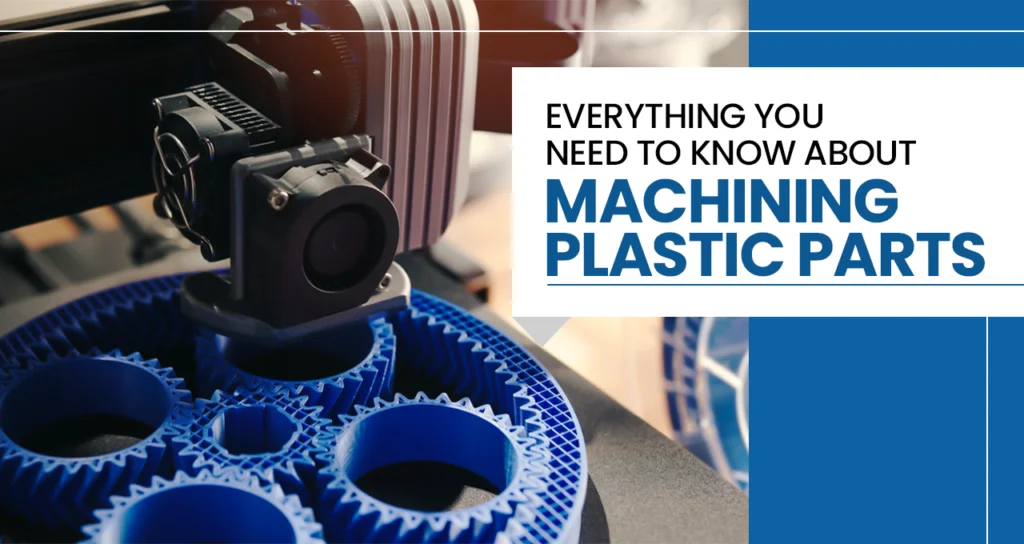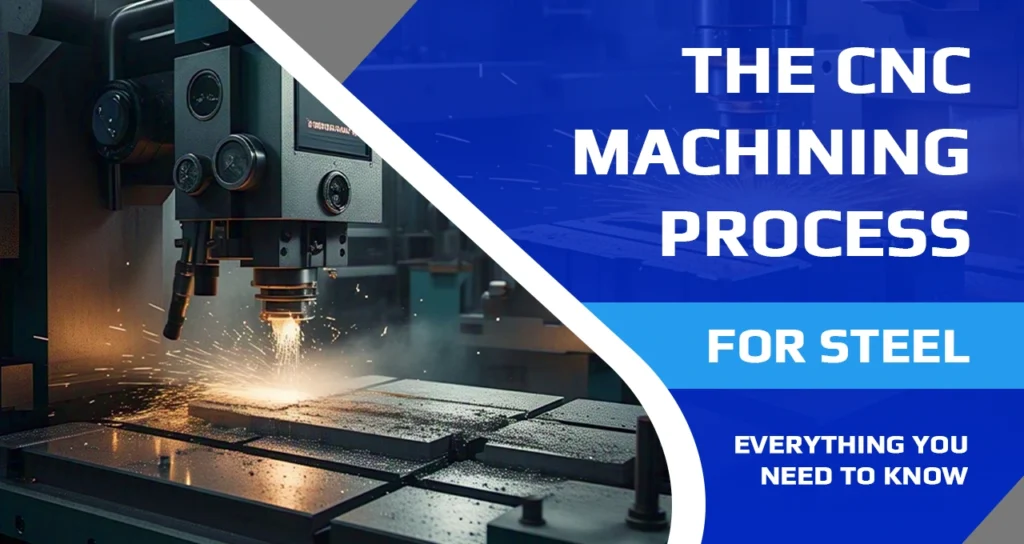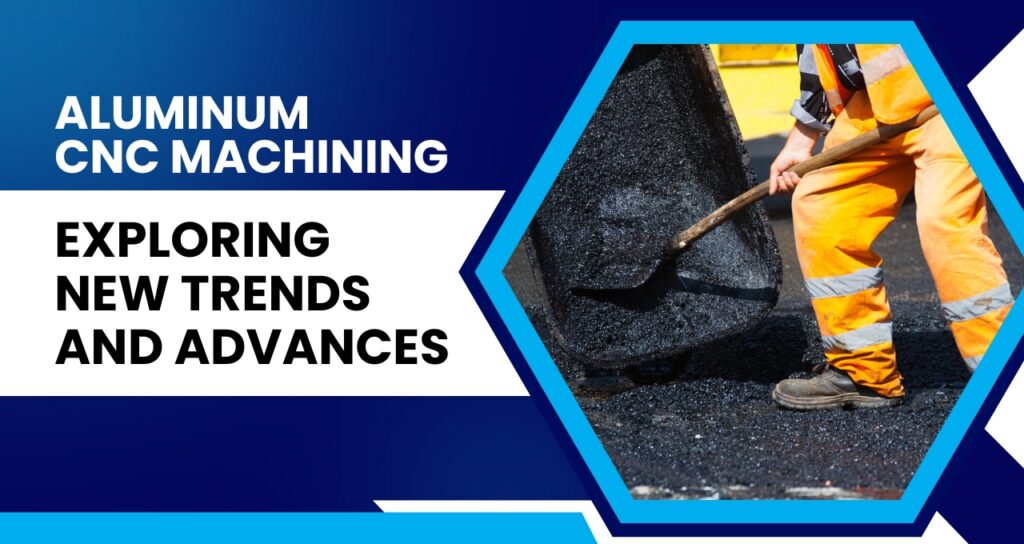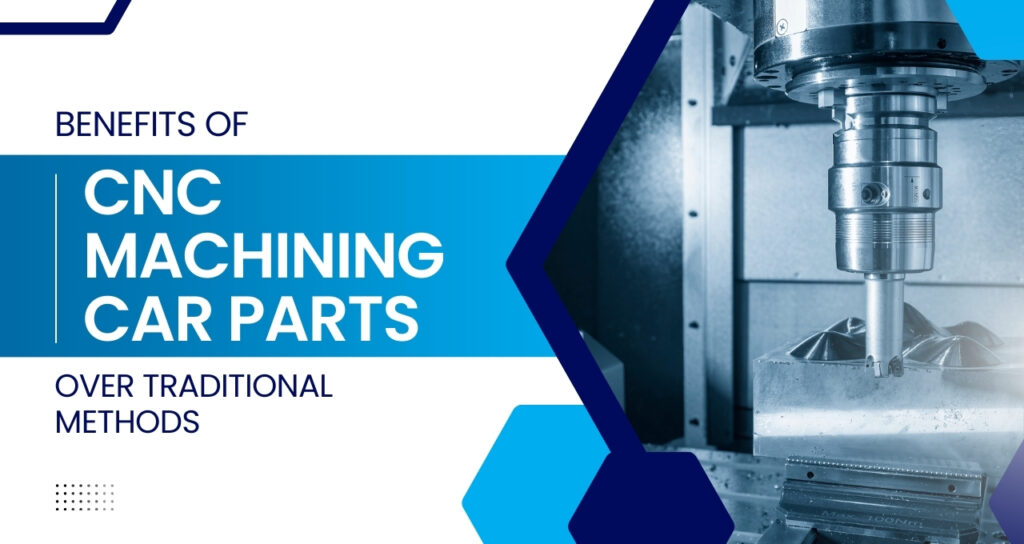Hello, all! Today we will explore the fascinating world of CNC machining. If you’ve ever wondered how manufacturers create precise and intricate parts with incredible accuracy, you’re in the right place.
CNC machining( Here CNC stands for computer numerical control) is like the chief thing of manufacturing. It uses computer-controlled machines to transform raw materials into finished products with unparalleled precision.
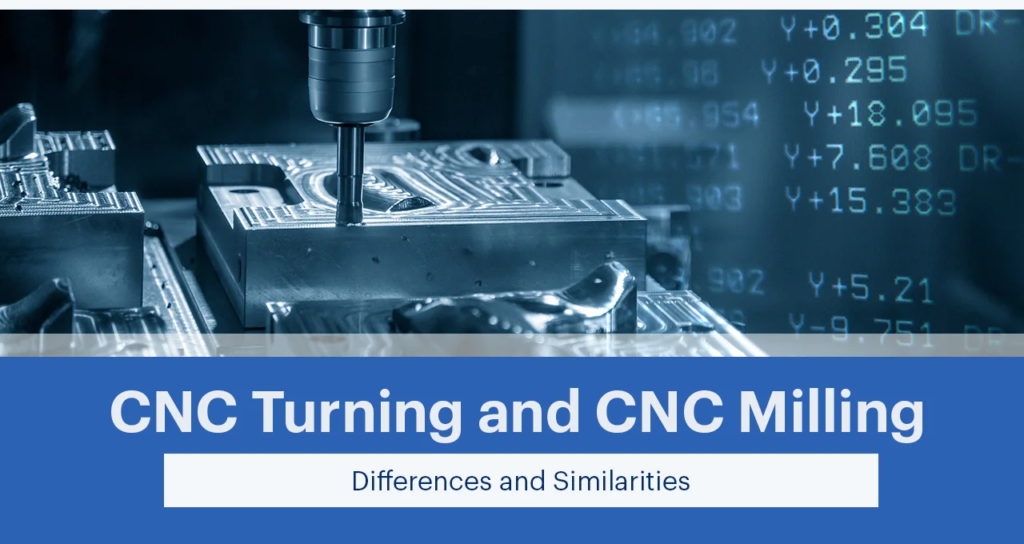
Now, if we zoom in on two big processes within the CNC machining universe, there comes – CNC Turning and CNC Milling.
Well, when it comes to CNC machining services – you definitely have heard of CNC Turning and CNC Milling but you don’t know how one process differs from another.
Today, we will learn the difference between the Turning and Milling process and it only hardly takes 5 minutes. Let’s begin –
CNC Turning – You may think CNC turning is something new, but in reality it actually comes from one of the oldest and most straightforward ways to make parts – using a lathe. The machines can be set up horizontally or vertically, and it depends on how heavy the workpiece is, how precise it needs to be and what raw materials are going to be used. The materials are usually round in shape, but they can also be square or hexagonal.
The main thing a CNC turning center does is spin the workpiece around while the machine’s tools move in to remove any extra material. The purpose here is to shape it how you want. First, the material gets held in place by a tool called a “chuck,” which then rotates at different speeds based on what the machine is set up for.
CNC turning is commonly used to create cylindrical parts like custom hollow tubes and shafts.
CNC Milling – Unlike turning which usually just uses one cutting tool with a single point, milling uses several axes. The most common is 3-axis, which lets the cutting tool move in three directions like left/right, forward/back, and up/down. These are called X, Y, and Z.

CNC milling can also be done with four or more axes by rotating the tool itself and the table the workpiece sits on. This gives you more flexibility. The most popular is 5-axis milling, which can create just about any shape that CNC machining can make.
CNC milling is great for complex components like custom tooling, intricate machine parts, enclosures, and engine components.
There are also some similarities between the Turning and Milling Processes such as –
Both turning and milling are subtractive manufacturing processes that involve removing unwanted material from a stock material through a controlled process.
These processes utilize the latest Computer Numerical Control (CNC) technology, where engineers use Computer-Aided Design (CAD) software to program the machines.
Similar to many types of CNC machining, turning and milling are suitable for working with metals like aluminum, steel, brass, copper, and titanium, as well as a variety of thermoplastics. However, materials that are too soft, such as rubber and silicone, or too hard, like ceramics, are generally not suitable for these processes.
Chief Differences between CNC Turning and CNC Milling
Tool Type – Turning uses a single-point cutting tool, while milling uses multi-point cutting tools.
Surface Suitability – Milling is better for machining flat and irregularly shaped surfaces, while turning is mainly used for cylindrical or conical surfaces.
Cutting Action – In the turning process, the cutting tool maintains constant contact with the spinning workpiece for continuous cutting. In the milling process, the cutting teeth repeatedly engage and disengage from the material in an intermittent cutting action.
Chip Formation – Milling always produces discontinuous chips. Turning can produce discontinuous, continuous, or fragmented chips.
Bottom Line
Do you need top-notch CNC machining for prototypes or small production runs? Createproto Rapid System Limited has got you covered.
Whether you need functional prototypes or low-volume manufactured parts, our custom CNC prototype machining services are second to none.
We offer a wide range of CNC machining capabilities – from CNC milling service, CNC turning service to fancy 3, 4, and even 5-axis CNC machining. We can even handle electrical discharge machining (EDM) if that’s your thing.
The best part? Getting a quote is very easy! You just need to upload your product design, and our experts will evaluate it and get back to you with a real-time estimated price in just 7 hours or less.
So, what are you waiting for? Visit our website today!

